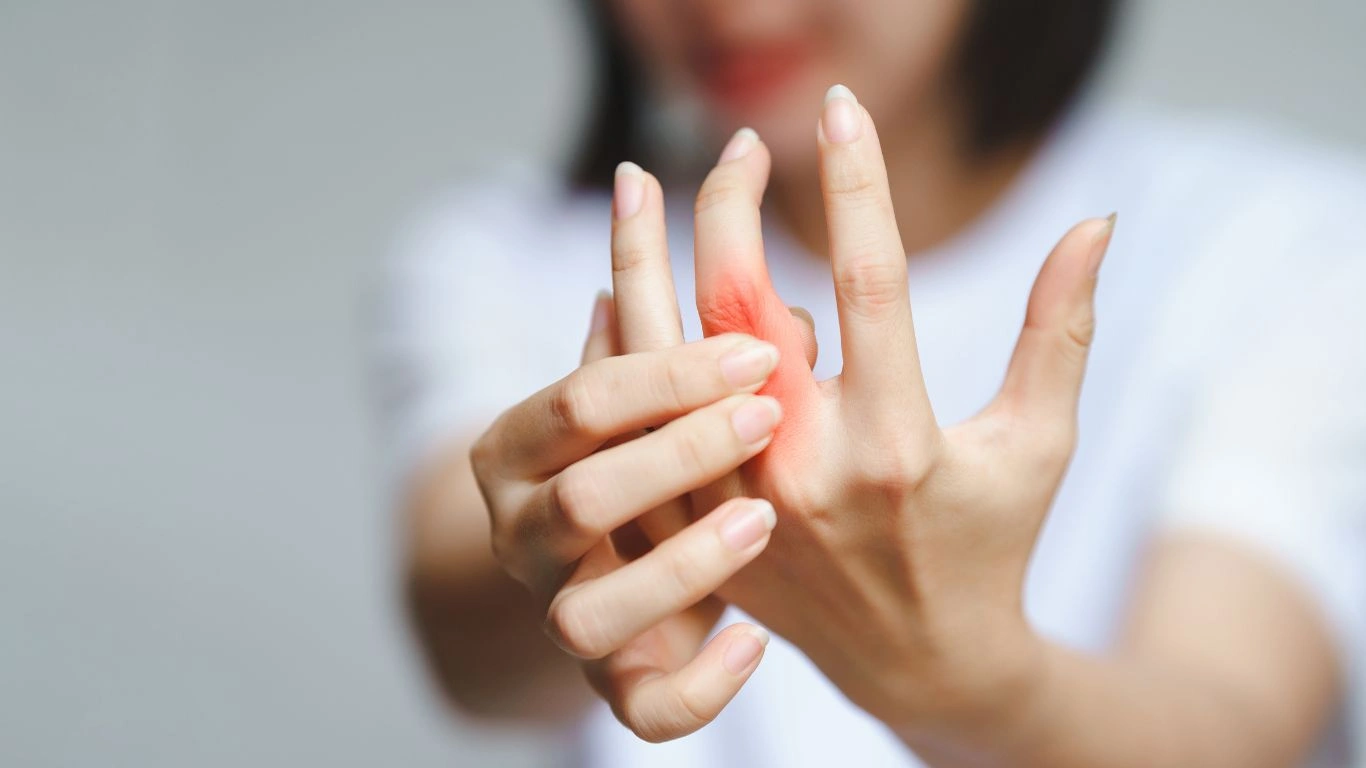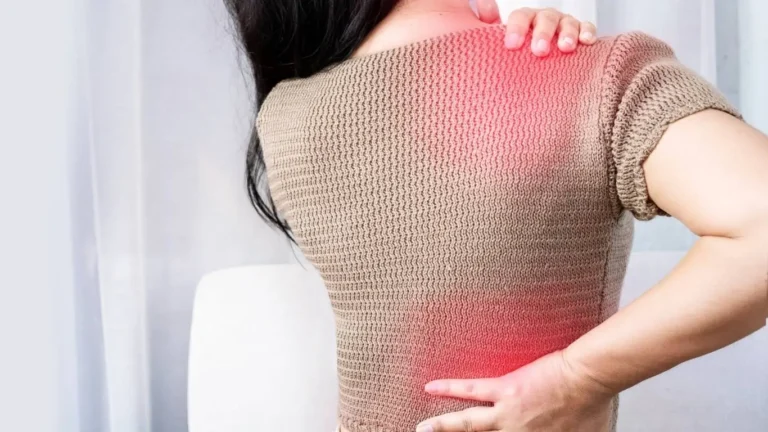Best Exercises to Strengthen RA Knees and Ease Joint Pain
Rheumatoid arthritis (RA) can make your knees feel stiff, swollen, and painful. It’s a type of autoimmune disease, which means your immune system mistakenly attacks your joints. This can lead to joint damage over time—especially in weight-bearing joints like the knees. But the good news? Gentle, regular exercise can actually help make your knees stronger and reduce discomfort.
In this article, we’ll walk you through why RA affects the knees, how exercise helps, and which movements are both safe and effective. Understanding what’s happening in your body can make it easier to take control of your symptoms—one small step at a time.
Understanding RA and Your Knees
RA is different from other types of arthritis like osteoarthritis. While osteoarthritis comes from wear and tear, RA happens when your immune system attacks healthy joint tissue. This causes inflammation inside the knee joint, which leads to pain, swelling, and stiffness.
The knee is a complex joint made up of bones, cartilage, ligaments, and a lining called the synovium. In RA, the synovium becomes inflamed and thickened. This can eventually damage the cartilage and bone underneath.
When the knees are inflamed, your muscles may weaken because you’re not using them as much. Over time, this can lead to instability or even difficulty walking. That’s why strengthening the muscles around the knee—especially the quadriceps and hamstrings—is so important.
How Exercise Helps With RA Knee Pain
Exercise may sound like the last thing you want to do when your knees hurt, but it’s actually one of the best things you can do. Movement helps keep the joints flexible and improves blood flow. Stronger muscles support the joint better, reducing the pressure on inflamed areas.
Staying active also helps prevent joint stiffness and boosts energy levels. Even low-impact exercises, done a few times a week, can lead to noticeable improvements in knee function and comfort.
Remember: the goal isn’t to push through pain. Instead, you want to move in a way that feels good and supports your body’s healing process. Always talk to your doctor or physical therapist before starting a new routine.
Common Symptoms of RA in the Knees
- Swelling and warmth around the knee joint
- Stiffness, especially in the morning or after resting
- Pain during movement or while bearing weight
- Loss of flexibility or trouble bending the knee fully
- A “grinding” sensation when moving the knee
- Muscle weakness in the thigh or calf
If you notice these symptoms, especially if they last more than a few weeks or seem to get worse, it’s important to let your healthcare provider know. Early treatment can help slow joint damage and ease symptoms.
Best Exercises to Strengthen RA Knees
Not all exercises are created equal when it comes to RA. You’ll want to focus on low-impact movements that protect the joints while building strength and flexibility. Here are some options recommended by physical therapists and rheumatologists:
1. Quad Sets
Sit or lie down with your legs straight. Tighten your thigh muscles (the quads) and press the back of your knee gently into the floor. Hold for 5 seconds, then relax. Repeat 10 times for each leg. This exercise helps build support around the knee without bending it.
2. Straight Leg Raises
Lie flat on your back. One leg stays bent with the foot on the floor; the other leg lifts straight up about 12 inches. Keep your knee straight and your core tight. Lower slowly and repeat. Aim for 10–15 repetitions per leg. This move strengthens the quadriceps and hip flexors.
3. Hamstring Curls
Stand while holding onto a chair for balance. Slowly bend one knee, bringing your heel toward your buttocks. Hold for a few seconds, then lower. Repeat 10–15 times per leg. This targets the muscles behind the thigh, which are key to knee support.
4. Seated Knee Extensions
Sit in a sturdy chair. Straighten one leg in front of you and hold for 5 seconds. Slowly lower and repeat on the other side. This is a safe way to keep the knee joint moving and strengthen the muscles with minimal pressure.
5. Calf Raises
Stand with your feet shoulder-width apart. Slowly lift your heels off the floor so you’re standing on your toes. Hold briefly, then lower back down. Try for 10–15 repetitions. This helps stabilize the lower leg and improves circulation.
6. Water Aerobics or Swimming
Water reduces the weight on your joints, making movement easier and less painful. Swimming or water aerobics classes are great for overall strength, flexibility, and cardiovascular health—without stressing the knees.
7. Gentle Yoga or Tai Chi
These mind-body practices improve balance, flexibility, and muscle tone. Many poses can be modified for people with joint issues. They also help reduce stress, which is a bonus for managing chronic inflammation.
Start slow and gradually increase how long or how often you do these exercises. If something hurts or causes swelling afterward, take a break and let your doctor or physical therapist know.
When to See a Healthcare Provider
Exercise is helpful, but it’s not a cure for RA. If you’re still having trouble with pain, swelling, or movement—even after trying these exercises—it’s important to talk to a healthcare provider. They may suggest:
- A referral to a physical therapist
- Medication adjustments
- Injections to reduce joint inflammation
- Custom braces or orthotics for extra knee support
In rare cases, surgery might be an option if joint damage is severe. But most people with RA can manage their symptoms well with a combination of treatment, movement, and self-care.
Keep Moving, Keep Supporting Your Knees
Living with RA in your knees doesn’t mean you have to stop doing the things you love. With the right kinds of exercise, you can build strength, reduce pain, and improve your mobility. The key is consistency, patience, and listening to your body.
Start with just a few minutes a day. Add new exercises slowly, and don’t forget to rest when needed. Your knees will thank you in the long run.
And as always—if you’re unsure whether a certain movement is safe, or if something doesn’t feel right—check in with your doctor or physical therapist. They can guide you toward a plan that works for your body and your goals.

Tarra Nugroho is a dedicated Nurse Practitioner with a strong foundation in family and preventive care. She brings both compassion and clinical expertise to her practice, focusing on patient-centered care and health education. As a contributor to Healthusias.com, Tarra translates medical knowledge into clear, empowering articles on topics like women’s health, chronic disease management, and lifestyle medicine. Her mission is simple: help people feel seen, heard, and informed—both in the clinic and through the content she creates. When she’s not caring for patients, Tarra enjoys weekend hikes, plant-based cooking, and curling up with a good health podcast.





